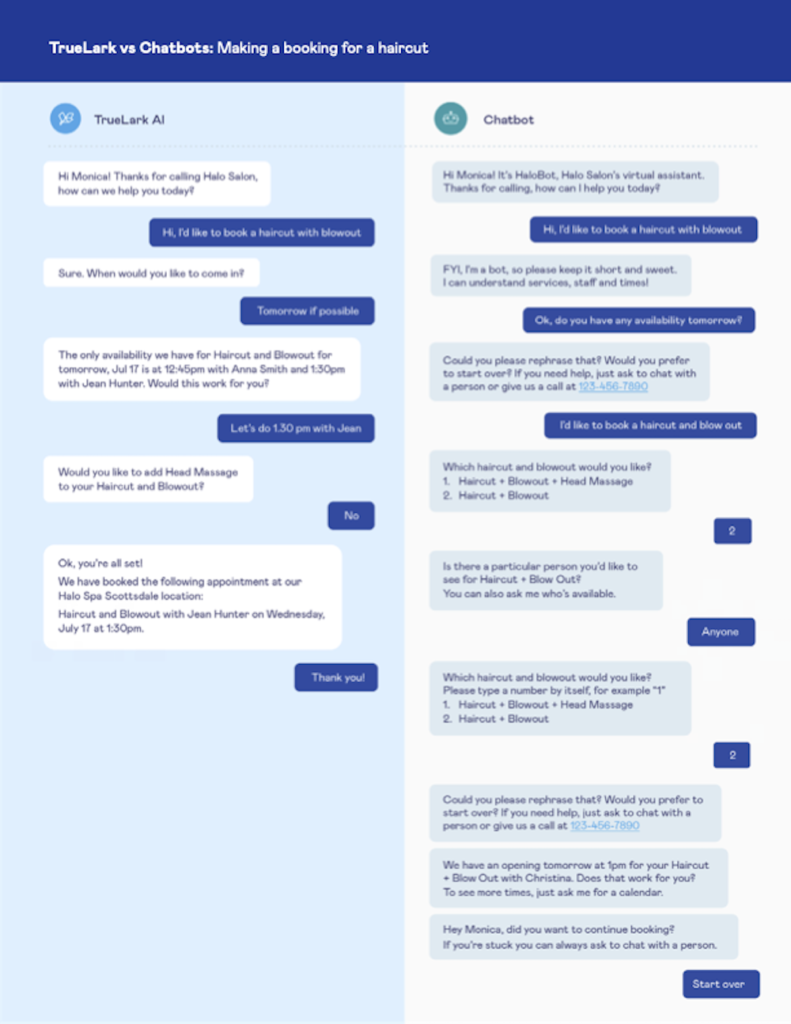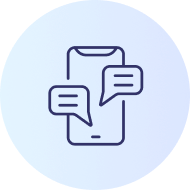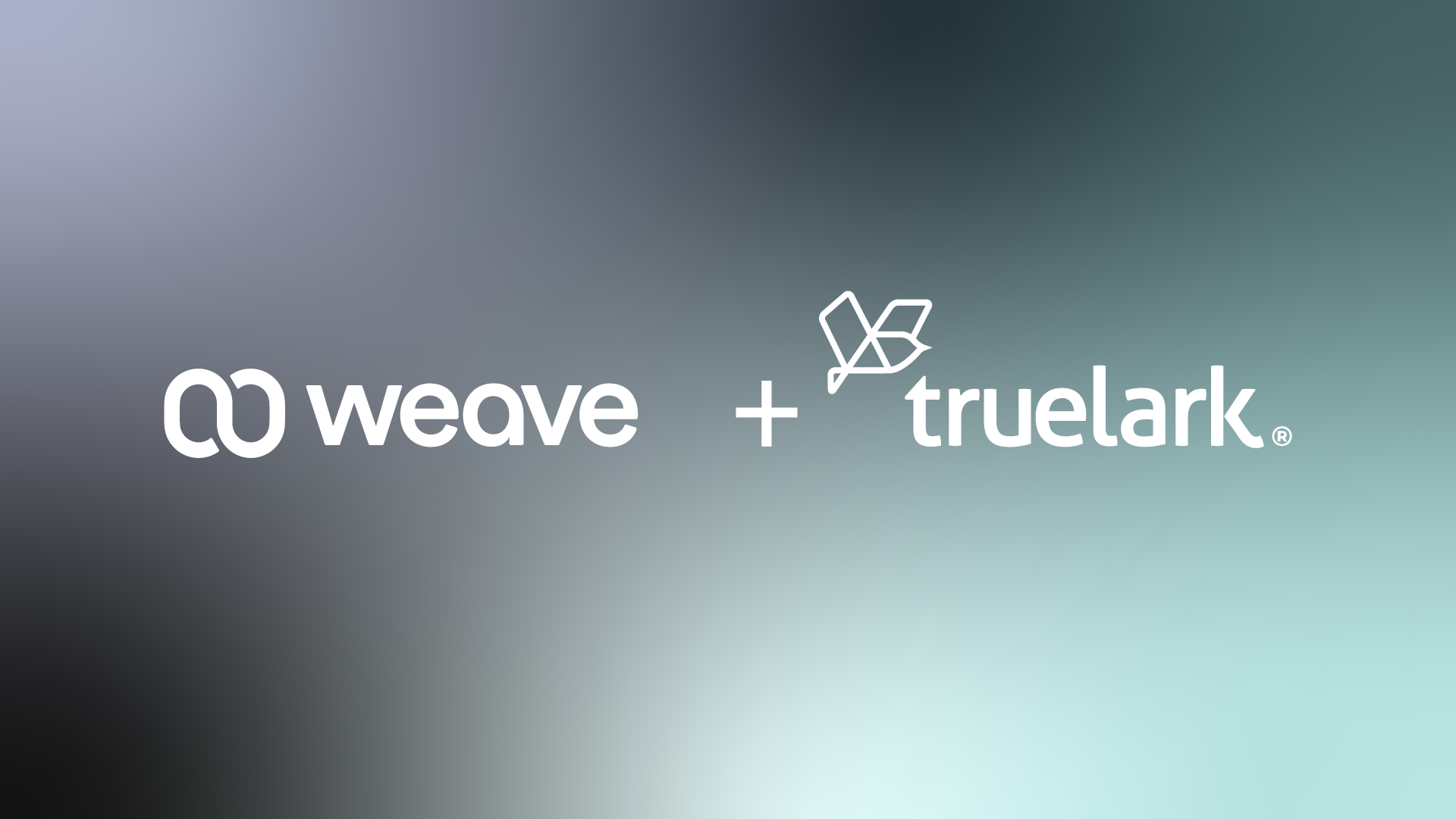Today’s post is for local businesses that use an Artificial Intelligence-powered messaging platform as part of their overall AI strategy. We talk to beauty and wellness business owners every day and have discovered an epidemic of poorly-performing AI-powered tech. It’s not uncommon for platforms designed specifically for the industry to achieve less than a 20% automation level. In most cases, the owners aren’t aware that they are being shortchanged. In this post, we will explore this disconnect in the hopes that businesses can unlock the full potential of Artificial Intelligence-powered client communications platforms.
Why should local businesses have an AI strategy?
An AI strategy is a comprehensive plan that outlines how a business intends to leverage AI technology to achieve its objectives. Having a well-defined AI strategy has become a crucial element for any company, including beauty and wellness. Let’s three benefits of an effective AI strategy.
1. Improve customer service and the guest experience
AI can dramatically improve customer service. With the help of AI-powered chatbots, businesses can provide around-the-clock customer support and handle multiple queries simultaneously. Platforms use natural language processing (NLP) to understand customer queries and provide personalized responses.
2. Enhance sales and marketing
Another way AI can benefit local businesses is by enhancing their marketing and sales efforts. AI-powered tools can analyze customer data and identify patterns and trends, helping businesses to create targeted marketing campaigns that resonate with their audience. AI can also help businesses personalize their marketing efforts by recommending products or services based on customer preferences and purchase history.
3. Elevate reporting and analytics
AI-powered analytics tools can process vast amounts of data quickly, identifying trends and patterns that humans might miss. This can help businesses make informed decisions and optimize their operations, leading to improved profitability.
In summary, AI can help businesses gain a competitive edge in today’s fast-paced business world. Therefore, it is essential for businesses to have a well-defined AI strategy that aligns with their overall goals and objectives.
What is a broken AI strategy?
If an AI platform is not creating meaningful automation, it’s causing more harm than good. In the case of client communications tools, “conversation automation” or “calls handled” means the bot resolved the client’s request without requiring human intervention. The top platforms can automate up to 70% of conversations via SMS or web chat. Yet the majority of platforms can only achieve a call handle rate around 20%. These include some of the most popular messaging tools in the industry. (For reference, many TrueLark clients achieve 80% automation.)
The level of automation impacts all other measures of success. For example, it impacts ROI, time saved, revenue growth, scalability, client experience, and business reputation.
Let’s compare a haircut booking conversation between a bot with advanced AI and a menu-driven chatbot.

Broken AI sets itself up for failure
Though this is a typical client conversation, there are multiple points of failure. If the AI is sub-standard, the AI bot can’t resolve the customer’s request – in this case, making an appointment – it tells the customer that a staff member will call them the next morning. In this common scenario, the AI set an expectation that it couldn’t meet.
Think about that. Wouldn’t it be better to simply instruct the caller to leave a message? At least the business wouldn’t make a false promise that the bot could resolve the request.
Consider also that unfulfilled requests may cause more work for the staff. Essentially, an unresolved conversation moves a missed call problem to a voicemail problem. A business that has to follow-up with 70% of missed calls shortchanges both guests and staff while diminishing the brand reputation.
How is your AI strategy working for you?
Poorly executed technology is a common business challenge. To avoid a broken AI strategy, businesses need to ensure that they are aligned with the right technology partners, have the right data points and algorithms in place, and are able to provide regular maintenance and updates. Additionally, businesses should consider a comprehensive customer service strategy that has the right balance of AI-powered automation and personalized human support.
Wellness studio AI communications examples
A good AI strategy evolves with the business. You can’t “set it and forget it.” A wellness studio example illustrates how a functioning AI strategy can falter when business conditions change. We recently talked to the wellness studio owner who described how her AI-powered Virtual Receptionist quit working when they opened a second location. “It couldn’t differentiate between the two studios, gave clients the option to book at the wrong location, and even sent clients to the wrong studio after they booked.”
In this case, malfunctioning AI software threatened her expansion. Her team had worked hard to cultivate a loyal client base. Then, just when they had enough clients to support a second location, their communications/booking system failed. Had they not found a solution quickly, revenue could have dropped to the point where they couldn’t pay the lease on their new studio.
Choose the right vendor
Aligning with the right technology partners is also crucial for a successful AI strategy. Collaborating with a reputable SaaS provider can ensure access to cutting-edge technology and expertise. These partners can tailor the software to the specific needs of the business. By leveraging their knowledge and experience, businesses can optimize the automation process and achieve higher levels of efficiency.
AI engine maintenance and updates
Regular maintenance and updates are vital to keep the AI-powered system running smoothly. Technology is constantly evolving, and customer needs and preferences change over time. A good AI provider keeps the software updated and works proactively to solve problems. In addition, they respond to customer requests for improvements and additional features. This ongoing commitment to maintaining and enhancing the AI strategy ensures that the automation remains effective and aligns with customer expectations.
Artificial Intelligence as co-pilot, not auto-pilot
While automation offers numerous benefits, it is essential to strike a balance between automation and human support. Customers still appreciate personalized interactions and the reassurance that their concerns are heard and understood. Therefore, a comprehensive customer service strategy should integrate AI-powered automation with human assistance. This hybrid approach allows businesses to provide efficient self-service options while also having skilled customer service representatives available for more complex or sensitive inquiries.
Harmonize automation and the human touch
Many beauty/wellness AI-powered messaging platforms, however, don’t have a good way for businesses to know which clients want live support and which prefer self-service. TrueLark Business Messenger is the exception. Business Messenger is an add-on to our Virtual Receptionist and adds key features to our powerful base solution.
Business Messenger harmonizes automated and manual business processes by prioritizing follow-up calls by level of urgency. Staff members can designate ownership of client follow-ups among the team. Each team member can call their assigned client, resolve their issue and, if necessary, hand the conversation back to the AI. We are not aware of any competitors who offer this feature. With Business Messenger, you can manage follow-ups by exception and trust our AI engine to resolve the overwhelming majority.
Why do most communications platforms fall short?
The level of automation achieved by AI-powered client communications software can vary based on several factors. Here are some reasons why certain software may achieve high automation levels while others struggle:
- Data quality and quantity: AI algorithms rely on vast amounts of high-quality data to learn and make accurate predictions. If the software lacks access to comprehensive and relevant data, its ability to understand and respond to customer inquiries may be limited. Insufficient data can lead to incorrect or irrelevant responses, frustrating clients and reducing automation effectiveness.
- Algorithm design and training: The design and training of AI algorithms significantly impact their performance. Well-designed algorithms with appropriate training can effectively understand customer intents and provide accurate responses. However, inadequate algorithm design or insufficient training can lead to errors and unsatisfactory user experiences.
- Natural Language Processing (NLP) capabilities: NLP is crucial for understanding and interpreting customer inquiries accurately. Advanced NLP models can comprehend complex language nuances and context, resulting in more precise responses. If the software lacks robust NLP capabilities, it may struggle to understand customer queries correctly, leading to ineffective automation and frustrating interactions.
- Continuous learning and improvement: AI-powered software providers should ensure the engine continuously learns from user interactions and adapts to evolving customer needs. Regular updates and improvements allow the software to refine its responses and enhance automation rates over time. Software that lacks regular updates or the ability to learn from user feedback may stagnate in its performance and fail to meet customer expectations.
- Human-AI collaboration: Successful client communications software strikes a balance between automation and human intervention. When the software encounters queries it cannot handle effectively, it should seamlessly transfer the conversation to human agents. If the software fails to facilitate a smooth transition between AI and human support, customers may feel frustrated when their problems remain unresolved, wasting their time and leading to negative experiences.
What level of automation can a good AI strategy achieve?
As mentioned, we see automation levels of up to 80%. At this level, our clients can significantly reduce the burden on customer service teams and streamline operations. This not only improves efficiency but also enhances customer satisfaction. Quick response times and accurate resolutions contribute to a positive customer experience, leading to higher retention rates and positive brand perception.
It is crucial for businesses to select a reliable and reputable SaaS provider that prioritizes these factors. Advanced tools have robust data capabilities, well-designed algorithms, NLP, and a commitment to continuous improvement. By addressing these aspects, businesses can avoid the frustration of a broken AI strategy and ensure that customer interactions are efficient, satisfactory, and ultimately save time for both clients and staff.
Need to improve your AI strategy and increase the level of automation? Book a demo today.



















